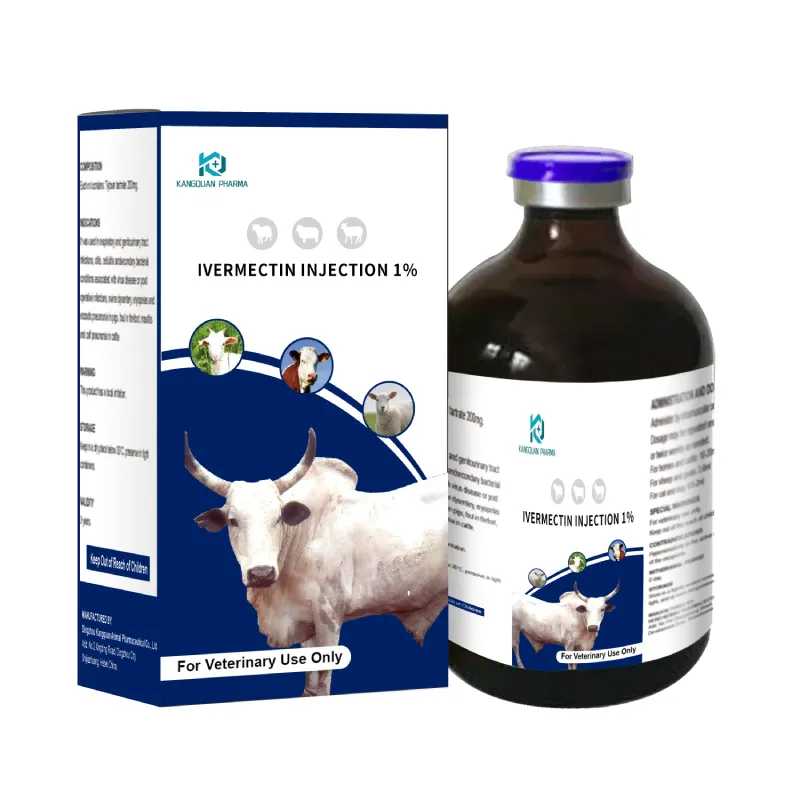- Afrikaans
- Albanian
- Amharic
- Arabic
- Armenian
- Azerbaijani
- Basque
- Belarusian
- Bengali
- Bosnian
- Bulgarian
- Catalan
- Cebuano
- Corsican
- Croatian
- Czech
- Danish
- Dutch
- English
- Esperanto
- Estonian
- Finnish
- French
- Frisian
- Galician
- Georgian
- German
- Greek
- Gujarati
- Haitian Creole
- hausa
- hawaiian
- Hebrew
- Hindi
- Miao
- Hungarian
- Icelandic
- igbo
- Indonesian
- irish
- Italian
- Japanese
- Javanese
- Kannada
- kazakh
- Khmer
- Rwandese
- Korean
- Kurdish
- Kyrgyz
- Lao
- Latin
- Latvian
- Lithuanian
- Luxembourgish
- Macedonian
- Malgashi
- Malay
- Malayalam
- Maltese
- Maori
- Marathi
- Mongolian
- Myanmar
- Nepali
- Norwegian
- Norwegian
- Occitan
- Pashto
- Persian
- Polish
- Portuguese
- Punjabi
- Romanian
- Russian
- Samoan
- Scottish Gaelic
- Serbian
- Sesotho
- Shona
- Sindhi
- Sinhala
- Slovak
- Slovenian
- Somali
- Spanish
- Sundanese
- Swahili
- Swedish
- Tagalog
- Tajik
- Tamil
- Tatar
- Telugu
- Thai
- Turkish
- Turkmen
- Ukrainian
- Urdu
- Uighur
- Uzbek
- Vietnamese
- Welsh
- Bantu
- Yiddish
- Yoruba
- Zulu
8 月 . 07, 2024 13:30 Back to list
Exploring the Benefits and Uses of Tylan 200 Injectable for Livestock Health and Growth
Understanding Tylan 200 Injectable Uses, Benefits, and Administration
Tylan 200, scientifically known as tylosin, is a broad-spectrum macrolide antibiotic widely used in veterinary medicine. Its injectable form is specifically designed for treating various bacterial infections in livestock and poultry. Understanding the usage, benefits, and administration of Tylan 200 is crucial for veterinarians and livestock producers looking to improve animal health and productivity.
Uses of Tylan 200
Tylan 200 is primarily utilized for its antibacterial properties against a range of pathogens affecting livestock. It is effective against mycoplasma, gram-positive, and some gram-negative bacteria. Commonly, it is used to treat respiratory infections, such as pleuropneumonia in cattle and swine, as well as chronic respiratory disease in poultry. Moreover, it has been employed to control enteritis caused by organisms such as Lawsonia intracellularis in pigs.
Beyond treating infections, Tylan is also used to promote growth in livestock. Its inclusion in feed or water has been linked to improved feed efficiency and weight gain, although the use of antibiotics for growth promotion is becoming increasingly regulated due to concerns about antibiotic resistance.
Benefits of Tylan 200
One of the significant advantages of Tylan 200 is its targeted action. As a macrolide antibiotic, it disrupts bacterial protein synthesis, leading to the inhibition of bacterial growth. This specificity reduces the risk of disturbing beneficial gut flora, which is a notable concern with broad-spectrum antibiotics.
tylan 200 injectable

In addition to its efficacy, Tylan 200 offers versatility in administration. The injectable form allows for direct application in cases where oral administration is impractical due to the animal’s condition. This ensures the right dosage is delivered promptly, enhancing treatment outcomes, especially in severe infections.
Moreover, using Tylan 200 can significantly reduce the time animals spend sick, improving overall welfare and productivity. Faster recovery not only helps maintain optimal health in livestock but also minimizes economic losses associated with sick animals.
Administration Guidelines
Administering Tylan 200 should always be done according to the veterinarian’s guidance to ensure safety and efficacy. The dosage regimen may vary depending on the species treated, as well as the nature and severity of the infection. Typically, Tylan 200 is given intramuscularly or subcutaneously, and care should be taken to rotate injection sites to prevent local tissue reactions.
It's essential to observe any withdrawal times stipulated for the specific species being treated. Withdrawal times are periods during which the animal must not be slaughtered for food, ensuring that antibiotic residues do not enter the food chain, thus protecting consumer health.
Conclusion
Tylan 200 injectable presents a valuable tool in the arsenal of veterinary medicine for treating bacterial infections in livestock and poultry. Its effectiveness against specific pathogens, along with its ability to promote growth, makes it a preferred choice for many producers. However, responsible use is paramount to mitigate the risks of antibiotic resistance and ensure animal health continues to improve. As veterinary practices and regulations evolve, Tylan 200 will likely remain a relevant option for enhancing livestock care when used judiciously. Always consult a veterinary professional for appropriate use to ensure the best outcomes for animal health and welfare.
-
The Power of Radix Isatidis Extract for Your Health and Wellness
NewsOct.29,2024
-
Neomycin Sulfate Soluble Powder: A Versatile Solution for Pet Health
NewsOct.29,2024
-
Lincomycin Hydrochloride Soluble Powder – The Essential Solution
NewsOct.29,2024
-
Garamycin Gentamicin Sulfate for Effective Infection Control
NewsOct.29,2024
-
Doxycycline Hyclate Soluble Powder: Your Antibiotic Needs
NewsOct.29,2024
-
Tilmicosin Premix: The Ultimate Solution for Poultry Health
NewsOct.29,2024













